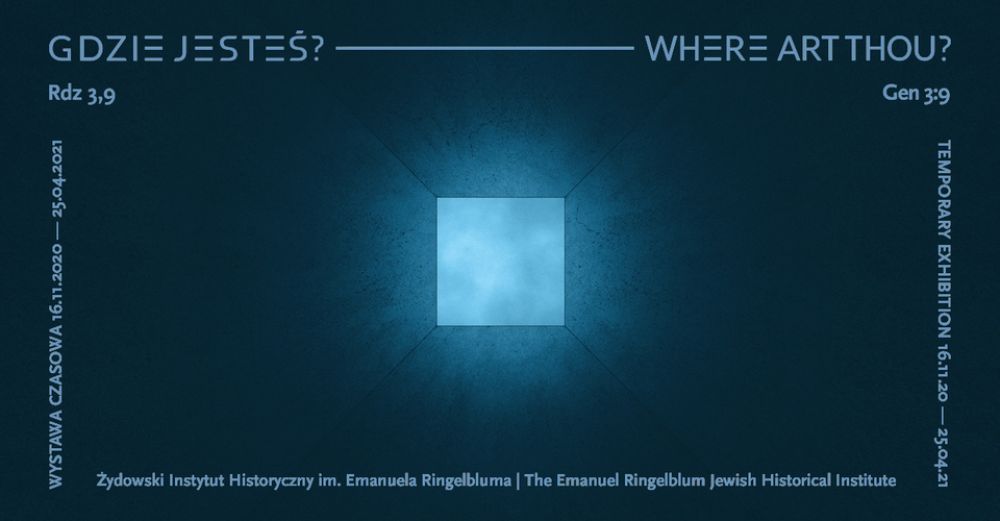Menu
- News
- Events
- Oneg Shabbat
- Collections
- Research
- Exhibitions
- Education
- Publishing Department
- Genealogy
- About the Institute
- Bookstore


Instead of a typical chronological and factual narrative, we propose a different approach, in which we try to bring the audience closer to the emotional and existential borderline states experienced by hundreds of thousands of people crammed into the „Jewish residential district”.
The exhibition space has been divided into eleven positions representing states or feelings such as uncertainty, fear, hunger, timelessness, intimacy, compassion or faith, marking the burden of life and death in the Warsaw Ghetto.
You can understand the significance of subsequent places by listening to the war reports available on specially prepared audio guides, read by actors: Magdalena Lamparska, Jerzy Radziwiłowicz, Mateusz Damięcki and Martin Budny. The recordings are accompanied by images and photographs taken in the ghetto.
It is an open exhibition. Each of the positions is clearly marked. It is impossible to miss or lose them. Nobody is leading you by the hand or giving simple answers. The architecture of the exhibition and the way viewers move around it are supposed to bring closer the experience of existence in the ghetto, but without any attempt at staging or using expressive scenography. We would like the viewers to find a universal message referring to other places and events in the border states we touch at the exhibition.
Curators: Paweł Śpiewak, Piotr Rypson
Curatorial collaboration: Anna Duńczyk-Szulc, Agnieszka Olsten
Exhibition arrangement: Marcin Kwietowicz, Aneta Faner
Graphic design: Jakub Woynarowski
The accounts are read by: Magdalena Lamparska, Martin Budny, Mateusz Damięcki, Jerzy Radziwiłowicz
Dates: 16.11.20–23.09.21
Organizer: the Emanuel Ringelblum Jewish Historical Institute
Honorary patronage: President of the Capital City of Warsaw
Media patronage: Polskie Radio Program II
![MKDNiS_ENG.jpg [796.19 KB]](https://www.jhi.pl/storage/image/core_files/2021/4/8/c510613791fe7159c010654390558463/jpg/jhi/preview/MKDNiS_ENG.jpg)
The exhibition is part of the commemoration of the 80th anniversary of the closure of the Warsaw Ghetto organized by the Emanuel Ringelblum Jewish Historical Institute. It was co-financed by the Ministry of Culture, National Heritage and Sport.